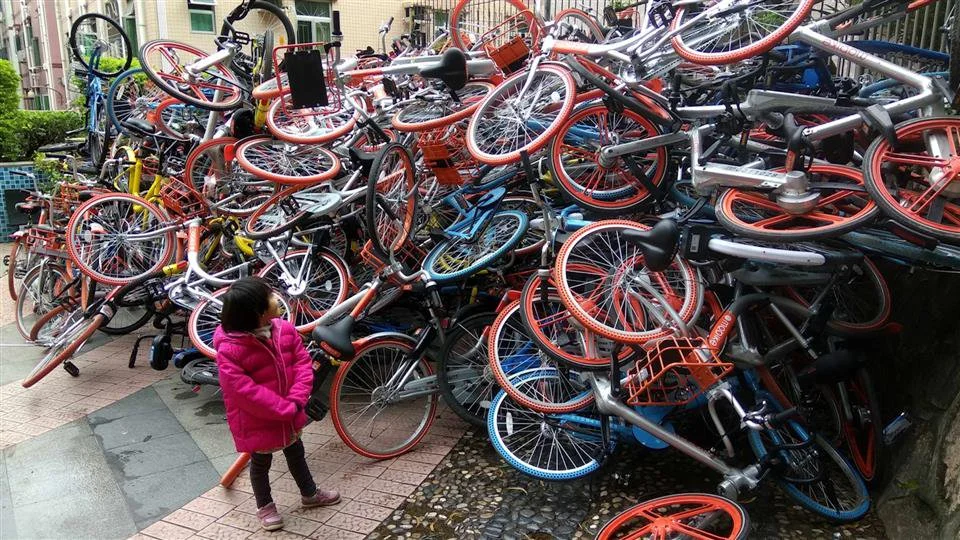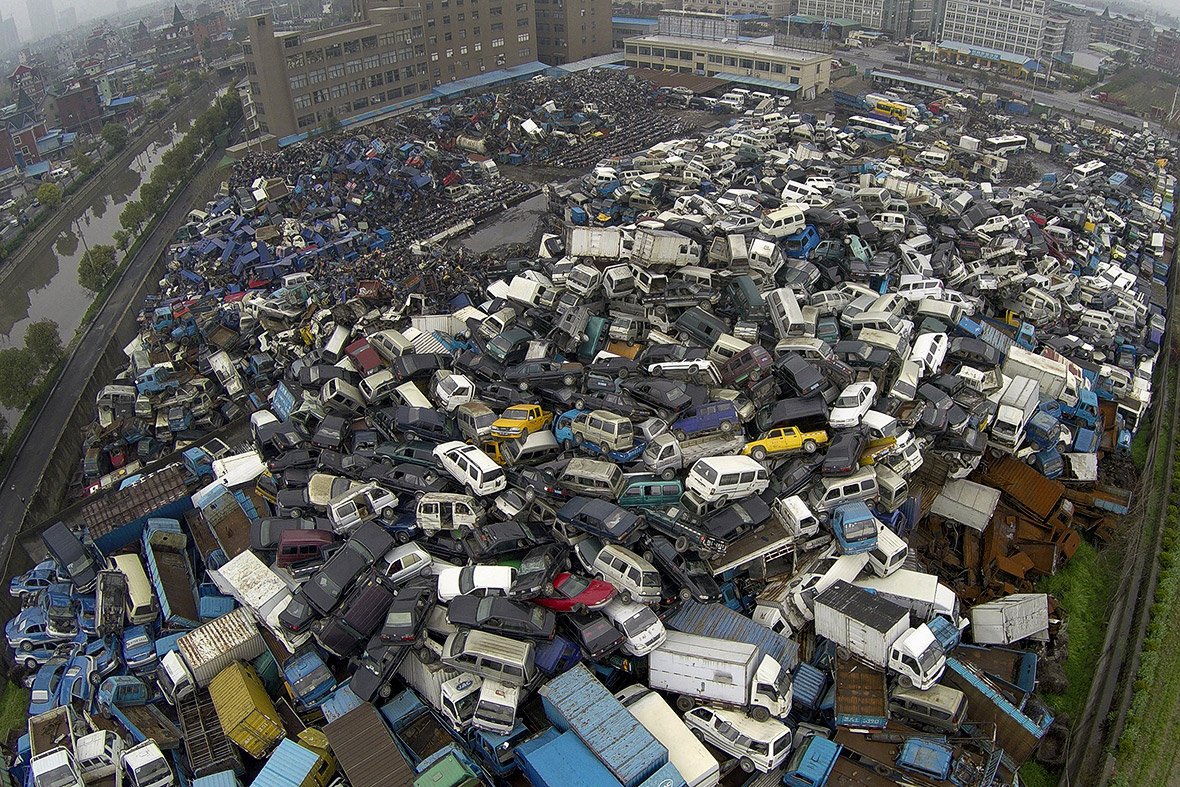Helium, ‘useful crypto’ and why it matters
‘Blockchain’ is mostly bullshit. The Helium Network is the first example I’ve found of using crypto to build a real world application. I think it paves the way for a whole new paradigm for building public infrastructure.
This article was spurred by the interview that Horace Dediu and Oliver did with Amir Haleem for the Critical Path/Micromobility podcasts, which can be found here.
What is crypto good for?
While Bitcoin has strived to new highs in 2021 thanks to the ‘digital gold’ narrative, with investors seeking a hedge amid fears of a great monetary inflation, digital gold isn’t much use to most businesses on a daily basis. Eleven years after blockchain was invented, most ‘crypto’ applications are still largely detached from the real world. The ‘DeFi’ community is small and growing but still mostly serves as a casino for cryptonatives, and while NFTs are interesting and hold great potential, they don’t offer any real utility to the average person.
This state of affairs leads critics to say things like, “Honestly, cryptocurrencies are useless. They're only used by speculators looking for quick riches, people who don't like government-backed currencies, and criminals who want a black-market way to exchange money.”
For those involved in the blockchain space who see its immense potential, comments like that feel short-sighted and deeply frustrating, but how do you explain to a non-crypto native what blockchain is actually useful for?
Enter Helium.
Permissionless, crowd-sourced public goods
Helium is building a permissionless, global wireless network that’s owned and operated by its users - aka “The People’s Network”. The goal is to make it simple and cheap to reliably connect devices to the internet anywhere in the world. And it’s working. In just 18 months, users have added 50,000+ Helium nodes or ‘Hotspots’ to the network in 3800+ cities around the world, and Helium now has the most coverage of any LoRaWan network in the world, and are looking to add new types of connectivity (Wifi, 5G) to their network in the coming months.
Despite the core Helium team spending almost nothing on advertising, thousands of new devices are connecting to the network each week, and there are several hundred thousand more Hotspots on backorder. So what makes this rapid infrastructure growth possible, without incurring massive debt?
You guessed it: crypto.
Anyone plugging in a Helium Hotspot currently earns Helium Network Tokens (HNT) for providing coverage and facilitating data transfers. The increasing scarcity of the tokens has set off a 'land grab’ for coverage, with miners often paying off their Hotspots in the space of a few weeks with HNT tokens that they generate from being in a ‘useful’ location to the network (ie. highly populated). The tokens generated are owned by those who have done ‘work’ to contribute to the network build out and ongoing coverage, and a blockchain is used to track who owns them. As the network grows, it becomes a viable platform to build IoT solutions on, and as it gets more usage and tokens are consumed to fuel this, more coverage is incentivised to come online.
Those involved aren’t interested in shilling some meme coin. They’re involved to build a cheap, reliable global wireless network that anybody can use to connect to the internet without permission. At the same time, tokenomics and the distributed ownership of the Helium network create strong incentives for anyone who owns Helium Network Tokens (HNT) – like me, for example – to help grow the network and educate others about it. That’s a goal I’m excited to contribute to, but more importantly, it’s an everyday use-case that most people care about, whether or not they have even heard of blockchain.
A revolutionary business model
Helium is doing something that’s never been done before – building a global public good from scratch, using crowd-sourced hardware, software, and funding. Take a moment to think about the revolutionary shift this represents for the legacy world. There’s no government funding the build out, nor a giant corporation clipping the ticket, monopolising profits, or deciding which areas deserve service and who does or doesn’t get to use the network. No one has accrued the massive debt typically associated with building a wireless network. And if the network goes down in one area due to regulatory capture, technical failure, or environmental disaster, the rest of the network will simply carry on as before.
The crypto-magic that makes this possible is creating incentives that transcend traditional structures. In the past, someone working to ‘help’ build out a network would need to be employed by the company driving it. A companies ability to ‘buy’ this support was limited by their resources. Now, anyone who wants to help can simply buy a miner or start selling connectivity solutions to companies on the Helium platform without needing permission.
The result is a project that is totally asymmetric to anything else in the telco industry - Helium has 50,000+ users in their Discord chat that are all incentivised to cooperate, teach each other and make the collective project (and their own HNT holdings) bigger and more valuable. Most of them happen to be employed in another ‘job’. No one company can compete with that.
Helium is an example of this new model of cooperation to build new infrastructure: it didn’t start with a crypto hammer and go looking for a nail to hit. It looked around for ways to incentivise a group of people to achieve a collective goal and realised over time that a blockchain with crypto-tokens was the best – we would argue the only – way to achieve its mission.
At the moment, the Helium buildout is focused on a wireless protocol called LoRaWAN. This offers a very cheap way to connect low-power, low data devices to the internet. It’s ideal for Internet of Things (IoT) devices like water meters or location tags, and for industries that use IoT devices, like micromobility (e-bikes and scooters). But the network’s usefulness is not limited to low-fi devices: Helium 5G is also coming down the pipeline in the US thanks to a partnership with FreedomFi.
It’s the first ‘useful crypto’, but it won’t be the last.
Future forward
Helium is rapidly proving that a distributed network of strangers can fund, build, and operate a public utility, cooperating thanks to blockchain and the crypto-economics it enables. But more than that, it’s providing significant economic benefits to the people helping build the network as the value of the network token increases with the network’s utility. So what else could we achieve with this model if we set our minds to it? What other local, national, or global public goods might it be possible to crowd-source? Could we do something similar with transport, health, or education services?
The Helium story shows that crypto is more than just useful. In fact, in the coming years it might be critical to both building public utilities and distributing the economic benefits from them to the people who are doing the work.









































